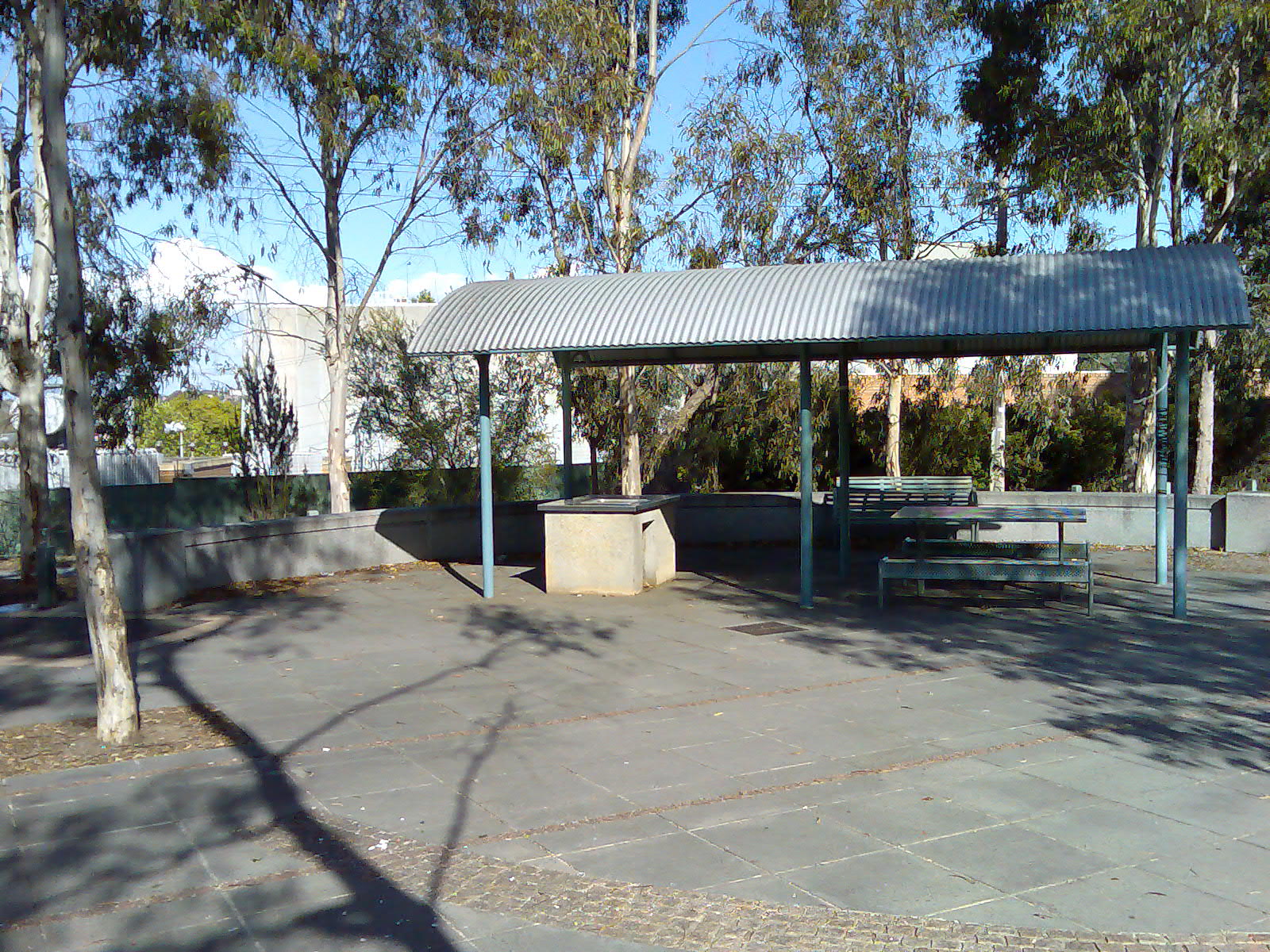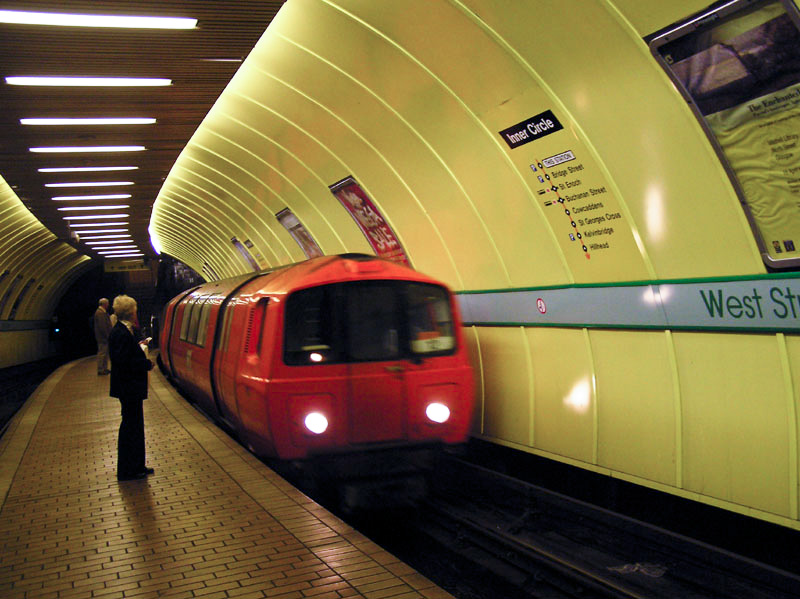|
Outer Circle (other)
{{disa ...
Outer Circle may refer to: Transportation * Birmingham Outer Circle, West Midlands bus route 11, a 27-mile route around Birmingham, England * Outer Circle (London), a railway route in London 1872–1908, and the related Super Outer Circle * Outer Circle railway line, a steam-era suburban railway line in Melbourne, Australia ** now the Outer Circle Trail * counterclockwise service on the Yamanote Line in Tokyo, Japan * Inner–outer directions, labels that identify the direction of travel on opposing lanes of traffic Other * one of Kachru's Three Circles of English * one of the Three circles, an exercise/diagram used by recovering addicts See also * * Outer Ring (other) * Inner Circle (other) https://www.quora.com/Who-is-the-inner-circle-trader-ICT-in-Forex Inner circle may refer to: Society *Friendship networks, where "inner circle" may describe the closest of friends *Esoteric teaching, knowledge that is confined to an inner group *I ... [...More Info...] [...Related Items...] OR: [Wikipedia] [Google] [Baidu] |
Birmingham Outer Circle
West Midlands Bus route 11, also known as the Birmingham Outer Circle, is a route that circumnavigates Birmingham via the A4040 apart from a small deviation via the B4182 and A4030 in Bearwood. It is operated by National Express West Midlands. It operated in both clockwise and anti-clockwise directions as routes 11C and 11A, however since July 2021 the service was split so 11A buses would terminate at Perry Barr and then return as an 11C to Acocks Green, with 11C buses terminating at Erdington, returning as a 11A service to Acocks Green. The route is operated by National Express West Midlands. Since bus deregulation in 1986, several companies have competed on sections of this route. Falcon Travel, Serverse Travel, Birmingham Motor Traction, AM PM Travel, Joe's Travel, GRS Travel and Discount Travel Solutions have traversed the entire route. History Route 11 was Europe's longest urban bus route after Coventry's route 360 until it was withdrawn in 2016. It first came into ... [...More Info...] [...Related Items...] OR: [Wikipedia] [Google] [Baidu] |
Outer Circle (London)
The Outer Circle was a London & North Western Railway service in London that operated from 1872 to 1908. The route was from the District Railway station at Mansion House to Earl's Court, then via the West London Railway to Willesden Junction and then via the North London Railway to . Although not a complete circuit, it was one of several 'circle' routes around London that opened at the same time, such as the 'inner circle' that is today's Circle line. Trains would run once every 30 minutes. In 1908 the service was cut back to run from Earl's Court to Broad Street. The Midland Railway operated a kind of ''Super'' Outer Circle from to Earl's Court for two years from 1878 to 1880, via the Dudding Hill freight line. Outer Circle History On 1 February 1872 the London & North Western Railway (L&NWR) began a railway service between and the District Railway station at Mansion House via the North London Railway, , the West London Railway and Earl's Court, replacing a service that h ... [...More Info...] [...Related Items...] OR: [Wikipedia] [Google] [Baidu] |
Outer Circle Railway Line
The Outer Circle Railway was opened in stages in 1890 and 1891, as a steam-era suburban railway line, in Melbourne, Australia. It traversed much of the modern City of Boroondara, including the suburbs of (from north to south) Kew East, Camberwell, Burwood, Ashburton, and Malvern East. At its longest, it ran from Fairfield station, on what is today the Hurstbridge line, to Oakleigh station, on the current Gippsland line. History The Outer Circle railway was first advocated in 1867, by a group known as the Upper Yarra Railway League, who suggested that the Gippsland railway line could be brought into Melbourne via the outer suburbs. However, the term itself was coined in 1873 by Engineer-in-Chief of the Victorian Railways, Thomas Higinbotham, who suggested an "outer circle route". Construction of the Gippsland line was authorised in 1873, but the line, which was to be operated by the Victorian Railways, could not be brought into Melbourne by the direct route used today ... [...More Info...] [...Related Items...] OR: [Wikipedia] [Google] [Baidu] |
Outer Circle Trail
The Outer Circle Trail, also known as the Anniversary Trail, is a shared use path for cycling, cyclists and pedestrians, which partly follows the Alamein line through the inner eastern suburbs of Melbourne, Victoria (state), Victoria, Australia. The trail follows the Right of way, right-of-way of the old steam era Outer Circle railway line, Outer Circle Line. It runs from the Main Yarra Trail, Yarra River Trail near the Eastern Freeway (Melbourne), Eastern Freeway at Fairfield, Victoria, Fairfield to Hughesdale railway station, Hughesdale Station in the south. The Outer Circle train line opened in 1891. Parts of the trail were opened 100 years later in 1991, hence the name, "Anniversary". It is frequently used by local residents and recreational cyclists, because of its proximity to other paths, many List of Melbourne suburbs, suburbs, and connecting transport. The path was upgraded in December 2006 and is now fully sealed and divided. The trail, in some sections, follows the ... [...More Info...] [...Related Items...] OR: [Wikipedia] [Google] [Baidu] |
Yamanote Line
The Yamanote Line () is a railway Circle route, loop service in Tokyo, Japan, operated by the East Japan Railway Company (JR East). It is one of Tokyo's busiest and most important lines, connecting most of Tokyo's major stations and urban centres, including Marunouchi, the Yūrakuchō/Ginza area, Shinagawa, Shibuya, Tokyo, Shibuya, Shinjuku, Ikebukuro, and Ueno, Tokyo, Ueno, with all but two of its 30 stations connecting to other railway or underground (subway) lines. Internally JR East refers to the "Yamanote Line" as the Quadruple-track railway, quadruple-track corridor between Shinagawa and Tabata Station (Tokyo), Tabata via Shinjuku. The corridor consists of a pair of tracks used by Yamanote local trains and another parallel pair of tracks called "the Yamanote Freight Line" used by the Saikyō Line, Saikyō and Shōnan-Shinjuku Line, Shōnan-Shinjuku line trains, some limited express services, and freight trains. In everyday usage, branding on maps and station signage, the "Y ... [...More Info...] [...Related Items...] OR: [Wikipedia] [Google] [Baidu] |
Inner–outer Directions
Inner–outer directions are labels that identify the direction of travel on opposing lanes of traffic on certain ring roads or beltways. They can be used to sign individual routes that encircle a city or metropolitan area, where east–west and north–south orientations cannot be applied uniformly. The labels are also used in select double track rail systems that form a loop, indicating the direction of travel of each line. Variations of the labels include "inner loop" or "outer loop", "inner beltline" or "outer beltline", "inner ring" or "outer ring", "inner rail" or "outer rail", and "inner circle" or "outer circle". In 2009, Interstate 277 in Charlotte, North Carolina, became the first non-contiguous loop route to utilize inner–outer directional signage. Concept In nations where automobiles drive on the right side of a road, traffic traveling in a clockwise direction around a loop will always be in the "inner" lane(s) (assuming that there is no lane crossing). Likewis ... [...More Info...] [...Related Items...] OR: [Wikipedia] [Google] [Baidu] |
Three Circles Of English
World Englishes is a term for emerging localized or indigenized varieties of English, especially varieties that have developed in territories influenced by the United Kingdom or the United States. The study of World Englishes consists of identifying varieties of English used in diverse sociolinguistic contexts globally and analyzing how sociolinguistic histories, multicultural backgrounds and contexts of function influence the use of English in different regions of the world. The issue of World Englishes was first raised in 1978 to examine concepts of regional Englishes globally. Pragmatic factors such as appropriateness, comprehensibility and interpretability justified the use of English as an international and intra-national language. In 1988, at a Teachers of English to Speakers of Other Languages (TESOL) conference in Honolulu, Hawaii, the International Committee of the Study of World Englishes (ICWE) was formed. In 1992, the ICWE formally launched the International Associ ... [...More Info...] [...Related Items...] OR: [Wikipedia] [Google] [Baidu] |
Three Circles
The three circles is an exercise / diagram used by recovering addicts to describe and define behaviors that lead either to a relapse into or recovery from addictive behaviors. Some treatment groups and 12-step recovery programs related to behavioral addictions encourage recovering addicts to complete the three circle exercise to help the addict identify behaviors that promote or endanger their sobriety. The first use of the term is found in a pamphlet publication of Sex Addicts Anonymous, entitled "Three circles: Defining sobriety in S.A.A." Minneapolis, MN: SAA Literature (1991). It has since been republished. When creating the three circles diagram, the addict draws three concentric circles, one inside the other (like a bull's eye). The addict then lists behaviors in each of the circles that reset, endanger or promote their sobriety. The circles may also be referred to a "lines". Where "top line" corresponds to the outer circle, "middle line" corresponds to the middle circle and ... [...More Info...] [...Related Items...] OR: [Wikipedia] [Google] [Baidu] |




